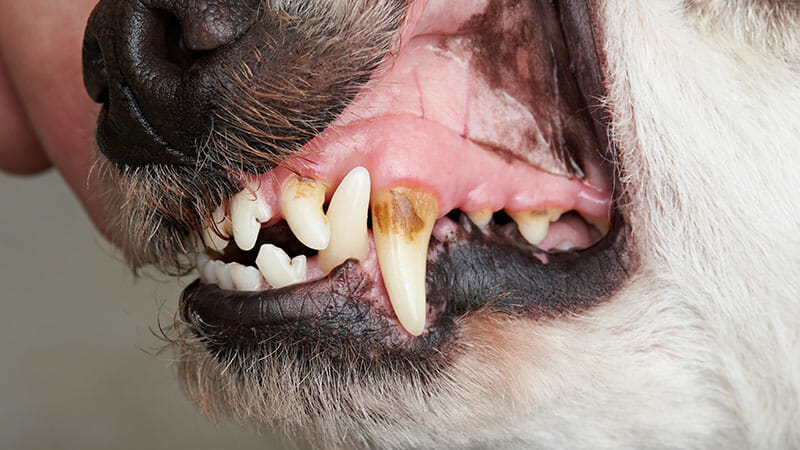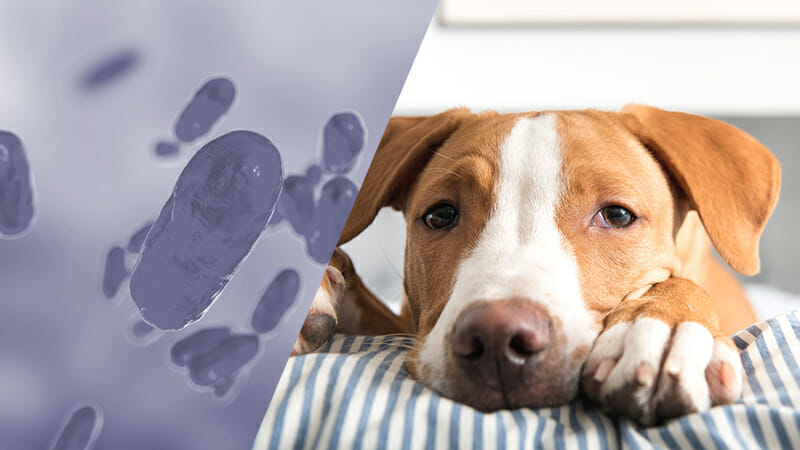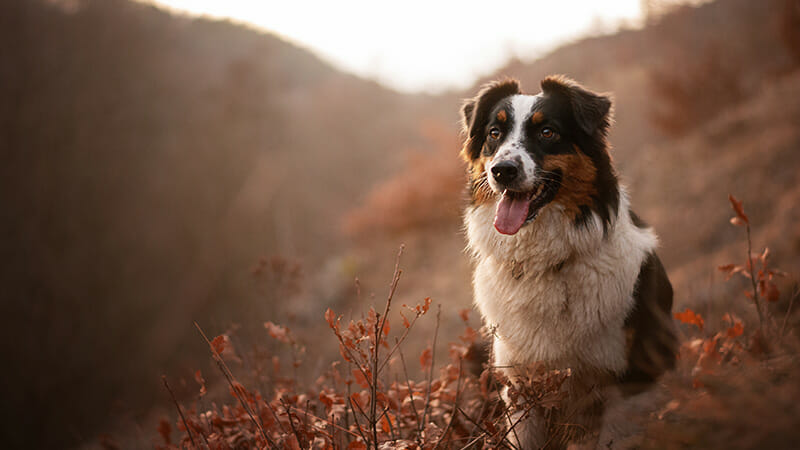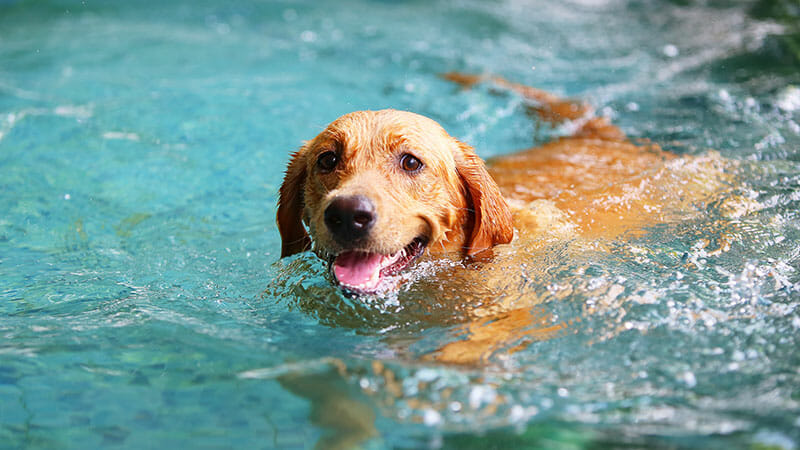We all love our dogs—we feed them the best food, brush out their coats, bathe them regularly, clean their ears, send them to doggy daycare for exercise and socialization—but 61% of us aren’t regularly brushing our dog’s teeth. That’s an especially troubling statistic when you consider that dental disease affects nearly 80% of dogs.
You might be thinking that dental disease, or periodontal disease, only affects your pup’s smile (and their breath), but studies have linked periodontal disease to more serious health problems with the heart, liver, and kidneys.
The solution? A good dental care routine. While starting earlier is better, it’s never too late to start giving your dog’s dental health more attention. Unfortunately, brushing won’t undo any damage, but it will prevent dental disease from worsening. So, where to start?
How (and How Often) to Brush Your Dog’s Teeth
Just like humans, brushing your dog’s teeth twice daily is the ultimate goal. However, most veterinarians recognize that this isn’t always possible, so brushing your dog’s teeth once or twice per week is ideal. If you’ve already got your dog on a good brushing routine, great! If not, getting started is easy.
Purchase the right tools.
Start by purchasing dog-friendly toothbrushes and dog-safe toothpaste. Avoid using human toothpaste from your medicine cabinet, as most of our toothpastes contain chemicals that can upset your dog’s stomach—and no one wants that.
Start slow. Seriously.
Most dogs won’t immediately be cool with you sticking your hands in their mouth and poking around, so don’t rush.
Start by picking a designated toothbrushing area and having your dog sit while you lift and hold his lips. Your dog might pull his head away at first, so don’t get frustrated. For the first few sessions, use positive reinforcement to extend the amount of time he’s comfortable with your hands in and around his mouth.
Next, use your finger to rub around on his teeth and gums. When he tolerates that (and if he’s still wary of the toothbrush) try putting some toothpaste on your finger and “brushing.” Doing so will let him get used to the taste and texture before you swap out your finger for the toothbrush.
As with all positive reinforcement training, if you notice your dog getting stressed or losing focus, go backward to a step they’ve mastered and end the training session on a good note to make sure they don’t develop any negative associations with having their teeth brushed.
Focus on the gums.
When brushing, focus on getting where your dog’s teeth meet his gum line and aim for the back of his mouth so you don’t have to hold his jaws open. This also tends to be where plaque and tartar build up.
Don’t skip upkeep between brushings.
Feed treats that are designed to promote good dental health and consider putting plaque-fighting additives in your dog’s water. You can also find powders to sprinkle on top of your dog’s food to help fight plaque—and freshen his breath!
Keep an Eye Out for These Warning Signs
Brushing your dog’s teeth is the perfect opportunity to check for signs of pain, injuries, and discomfort that could be indicative of a bigger problem. If you notice any of these things, consider making an appointment with your veterinarian:
- Wincing, crying, or pulling away when a specific area is touched
- Abnormally red, irritated, or bleeding gums
- Excessive drooling
- Pain when eating or difficulty chewing
- Damaged, chipped, or newly missing teeth
- Very bad breath (could be a sign of dental abscess or rot)
That’s It! Start Brushing!
Now that you’ve got the tools and you know what to watch out for, start getting your dog used to having his teeth brush. You’ll both be happier—and he’ll be healthier—in the long run!




